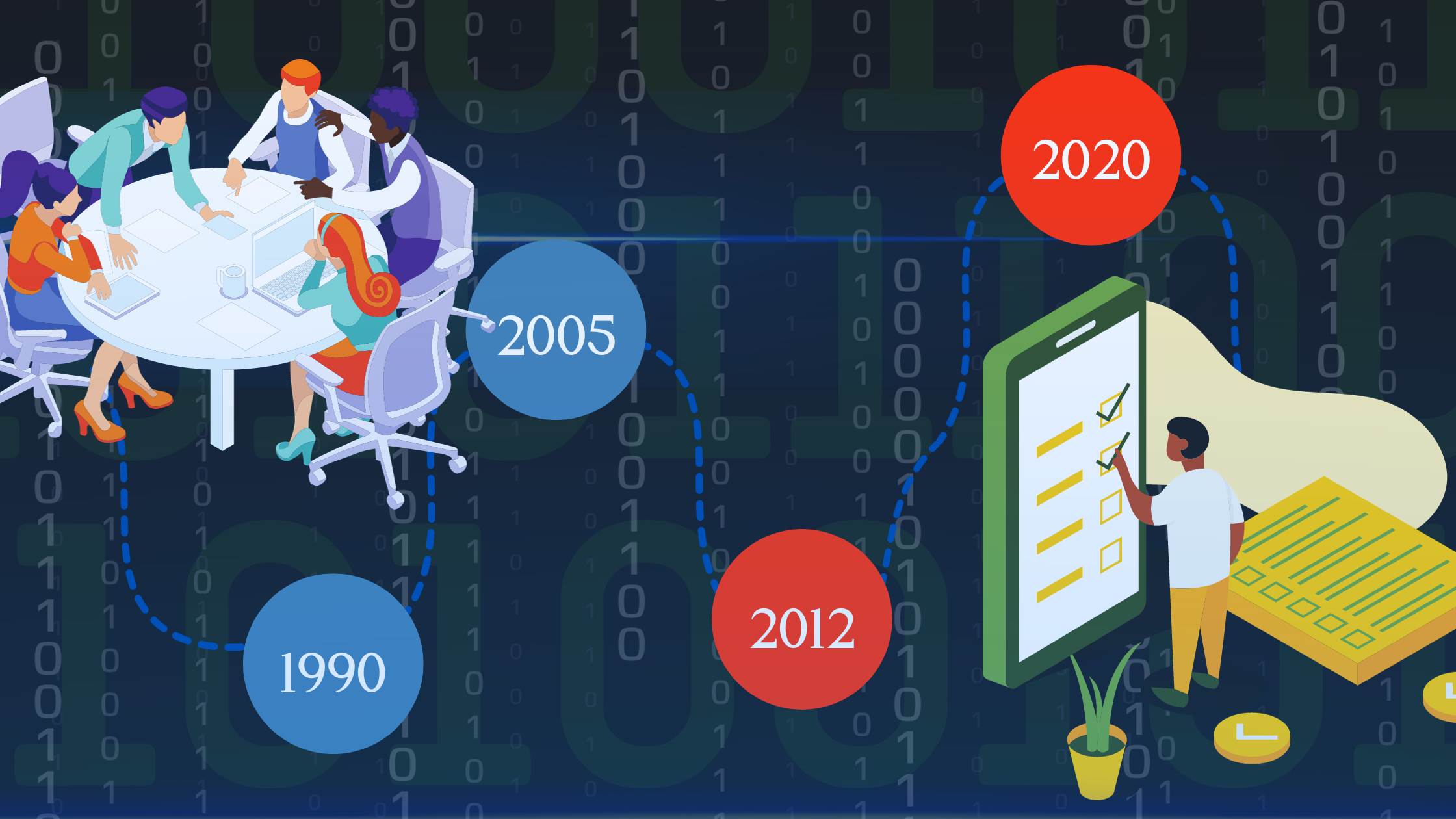
In the ever-evolving world of market research, the methods and tools we use to collect data have undergone a significant transformation. Sampling, a fundamental technique in market research, has evolved from traditional in-person surveys to the modern era of online sampling platforms. In this blog post, we’ll explore this fascinating evolution and see how it has revolutionized the way we understand our target markets and conduct systematic sampling.
The Traditional Approach: In-Person Sampling
Once upon a time, market researchers relied heavily on in-person surveys to gather data about their target markets. These surveys involved physically approaching individuals or groups, asking a set of questions, and recording their responses on paper. While this method allowed for direct interaction with respondents, it had its fair share of limitations:
1. Limited Reach: In-person surveys were restricted by geographical location and the availability of surveyors. It was challenging to collect data from a diverse and widespread target market.
2. Time-Consuming: Data collection through in-person surveys was a time-consuming process. Researchers had to travel to various locations, set up survey stations, and conduct interviews, all of which took considerable effort.
3. Costly: The costs associated with hiring surveyors, printing questionnaires, and covering travel expenses could add up significantly, especially for large-scale research projects.
4. Data Entry Errors: Transcribing handwritten responses into digital formats introduced the risk of errors and inaccuracies in the collected data.
The Modern Era: Online Sampling Platforms
The advent of the internet and advanced technology has ushered in a new era of data collection. Online sampling platforms like the one offered by G-MOS have revolutionized the way we gather information about our target markets. Let’s explore how:
1. Speed and Efficiency: Online sampling platforms allow researchers to reach a vast audience with just a few clicks. Surveys can be distributed electronically, and respondents can participate at their convenience, significantly reducing the time required for data collection.
2. Cost Savings: Gone are the days of printing questionnaires and hiring surveyors. Online sampling platforms eliminate these costs, making market research more affordable and accessible.
3. Targeted Sampling: With advanced audience targeting tools, researchers can precisely select the demographics, location, and characteristics of respondents, ensuring that the sample is representative of the target market.
4. Data Quality: Online platforms incorporate validation checks and quality control measures to ensure data accuracy, minimizing errors in the collected information.
5. Real-Time Reporting: Modern sampling platforms provide real-time reporting and analytics, giving researchers immediate access to insights and allowing for on-the-fly adjustments to research strategies.
The Role of Systematic Sampling
Systematic sampling, a method where every nth item from a list is selected, is a fundamental technique in market research. Online sampling platforms have made systematic sampling even more powerful:
1. Automated Sampling: These platforms can automate the systematic sampling process, ensuring that the sample is truly representative of the target market.
2. Precision: With the ability to precisely define the criteria for systematic sampling, researchers can obtain highly accurate results.
3. Speed: Online platforms allow for rapid systematic sampling, enabling researchers to collect data quickly and efficiently.
In this era of data-driven decision-making, the transformation from in-person to online sampling is undeniable. Businesses can now conduct market research more effectively, make informed decisions faster, and save resources while doing so.
As we’ve discussed, platforms like G-MOS offer state-of-the-art solutions for online sampling. They empower businesses and researchers to connect with a global audience, obtain high-quality data, and benefit from advanced audience targeting tools—all while maintaining transparency and cost-efficiency.
In conclusion, the evolution of sampling from in-person to online methods has not only streamlined data collection but has also opened up a world of possibilities for businesses seeking to understand their target markets better.
| Key Factors | In-Person Sampling | Online Sampling |
|---|---|---|
| Speed & Efficiency | Time-consuming due to travel, setup, and in-person interviews. | Rapid data collection with electronic surveys accessible to a wide audience. |
| Cost Savings | Higher costs for printing surveys, hiring surveyors, and travel expenses. | Eliminates costs related to printing, surveyor hiring, and travel, making it more budget-friendly. |
| Targeted Sampling | Limited geographical reach and less precise audience targeting. | Precise audience targeting based on demographics, interests, and characteristics, ensuring a representative sample. |
| Data Quality | Risk of data entry errors during manual transcription. | Incorporates validation checks and quality control measures, resulting in higher data accuracy. |
As technology continues to advance, online sampling platforms will play an increasingly pivotal role in shaping the future of market research



